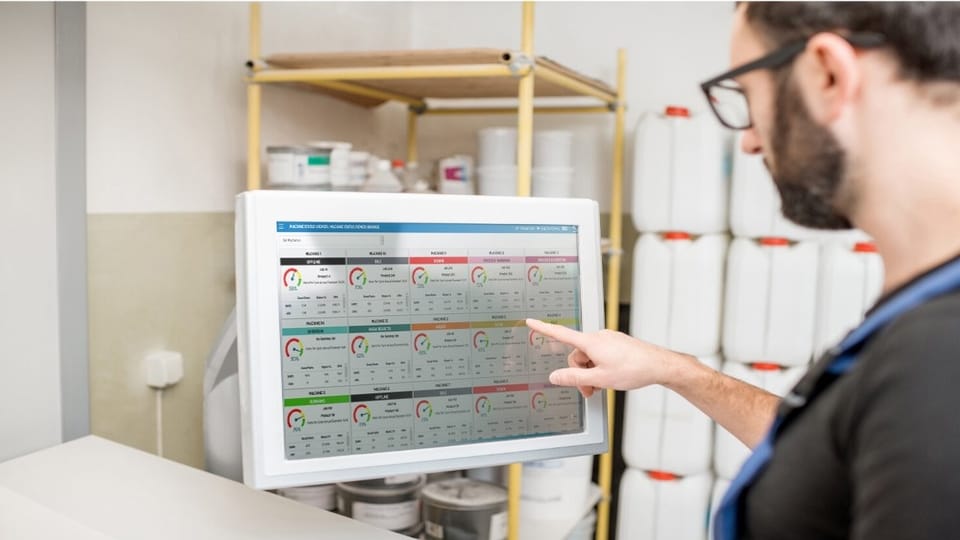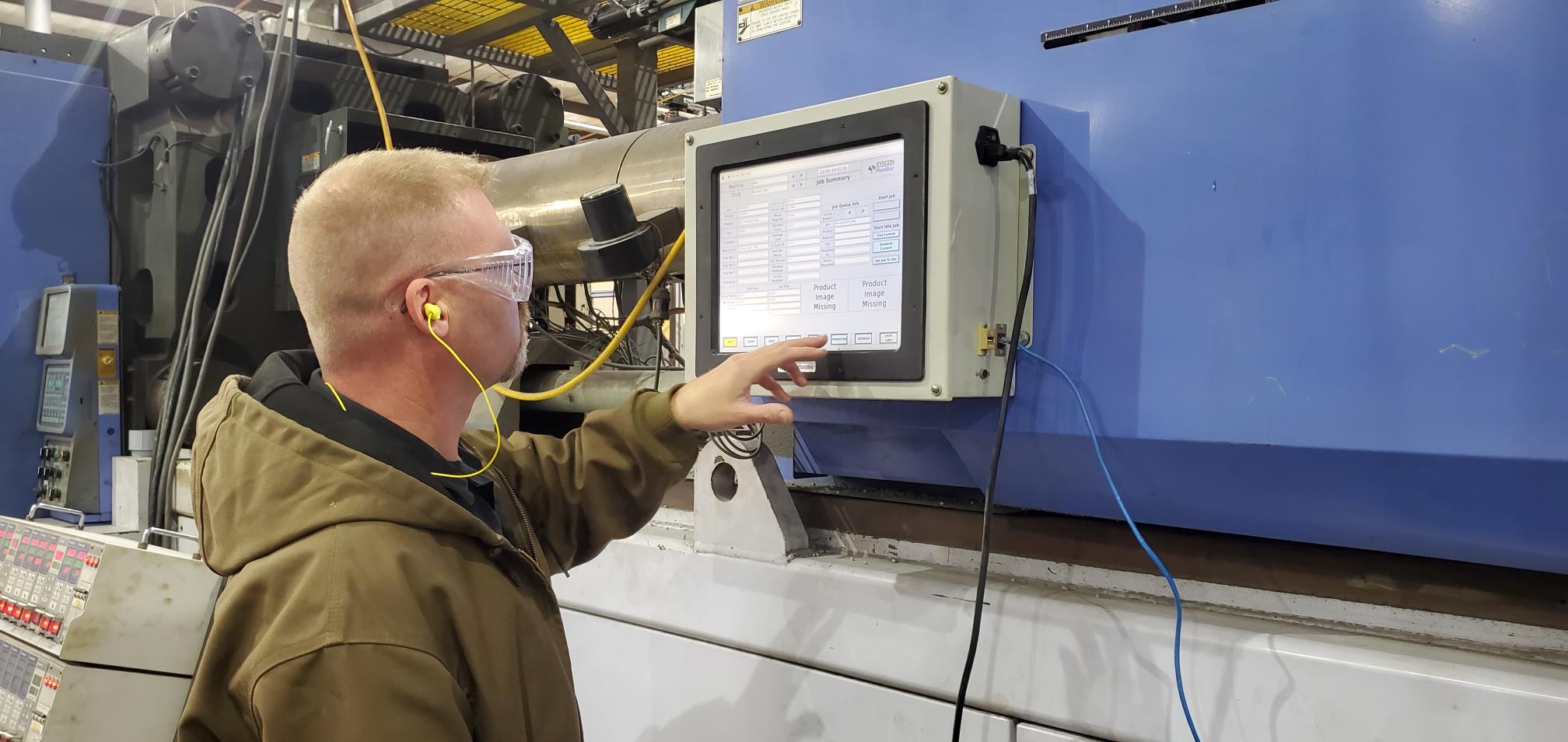SYSCON PlantStar BLOG
Leverage Process Data and Improve Plant Floor Performance
Sep 30, 2021 5:45:00 PM / by PlantStar Team

Manufacturing companies are in a highly competitive, global, rapidly changing market. Suppliers need to understand the strengths and the weaknesses in their manufacturing processes in order to maximize the Return on their Investments. Historically, that goal was difficult to attain because of the complexity of the manufacturing process and technology limits. Recent advances in Manufacturing Execution Systems (MES) software provides them with the ability to collect current plant floor and supply chain information, so they respond to production run challenges and opportunities in real time.
Tough to drain the swamp when one is surrounded by alligators describes the manufacturing challenge today. Suppliers face quickly evolving competitors and focus mainly on ensuring that today’s production run flows as smoothly as possible. Therefore, they often do not have time to step back, take a look at how they operate, examine ways to make major changes, and then implement them.
Move from Legacy to Modern Manufacturing Processing
As a result, many corporations follow manufacturing processes that were designed five, 10, and even 20 years ago. These techniques often still revolve largely around manually collecting production process information, entering data in multiple places, and finding correlations. In many cases, they rely on standalone Excel spreadsheets; pencil and paper, and even sticky notes to gauge what is happening on the shop floor. Not very efficient, especially nowadays.
The process is prone to numerous shortcomings. Any time that data is manually collected, the risk of errors increases. Information can be keyed in incorrectly or completely overlooked. When out-of-specification data is missed, manufacturers lose the ability to immediately flag issues and retool production lines on the plant floor before a problem impacts business operations. Further, manual data collection limits visibility, so manufacturing professionals do not see beyond the immediate and find ways to improve items, like material flow in their supply chains.
Suppliers want to undergo a digital transformation and move from legacy solutions to modern, more efficient systems. Statistical process control (SPC) is a method to measure, control, and improve quality control by monitoring manufacturing company processes. SPC data is collected in the form of machine or process measurements. Managers use the data to evaluate, monitor, control, and improve manufacturing process monitoring.
The SPC process moves a company from detection based response to prevention based quality control. By monitoring the performance of current processes, operators gain real time visibility, detect trends, and make changes in the process before they result in problems, like non-conforming products and the creation of scrap pieces.
MES Software Collects Oodles of Data
MES systems automate device performance data generation. They collect information on a number of items, such as:
- Cycle Time
- Fill Time
- Charge Time
- Hold Time
- Cooling Time
- Take-Out Time
- Injection Start Position
- Switch over pressure
- Screw Speed
- Barrel Zone 1 Temp (2, 3, etc.)
- Nozzle Temp
- Thermolator Supply Temp
- Chiller Return Temp

Reap the Benefits of a Smart Factory
The main benefit of collecting such information is gaining more visibility into the production process. Typically, managers have been in reactive mode: responding to issues long after their impact has been felt. By collecting this data, suppliers are able to measure, understand, and optimize production during a run in many ways.
- Operator Action Security: Provides the ability to control access to and log actions taken by operators and other users. Audit trail records can be reviewed for the tracking and the tracing of critical system events and finding new ways to improve productivity.
- Labor Tracking: Provides the ability to control access to and log actions taken by employees. Audit trails can be reviewed to track and trace critical system events.
- Tool Tracking: Tool tracking coordinates tool scheduling and maintenance by comparing tool type setup information and actual tool usage. Using this information, managers see tool maintenance events, tool changes, and tool type change schedules.
- Material Tracking: By combining job setup, scheduling and production information, they gain insight into material usage, material lot tracking, material type change scheduling, and material forecasting.
- Process Journals: These solutions include journals that provide a shop floor system with a record of significant system events, notes, and documentation for review. Entries are time-stamped and associated with an individual job, shift, and employee. This information often aids in compliance reporting.
Suppliers face significant competition today. They need to evolve away from their traditional, manually intensive manufacturing processes and embrace digital transformation. With it, their operations morph from dumb plants to smart factories, and they take advantage of new technologies, like predictive analytics, that improve manufacturing operations and position their company for success.
Topics: process monitoring
Subscribe to Email Updates
Posts by Topic
- Manufacturing Execution Systems (34)
- manufacturing solutions (16)
- MES 101 (12)
- Industry 4.0 (10)
- improve efficiency (9)
- mes software (9)
- mes solutions (9)
- Plastic Molding (8)
- Plastics Technology (8)
- Shop Floor Production (8)
- MES hardware (7)
- digital transformation (7)
- Reduce scrap (6)
- data-driven-decisions (6)
- lean manufacturing (6)
- process monitoring (5)
- product quality (5)
- Medical molding (4)
- lights-out manufacturing (4)
- manufacturing dashboard (4)
- production monitoring (4)
- Shop Floor Safety (3)
- supply chain management (3)
- ERP integration (2)
- Injection Molding Technology (2)
- defect collection (2)
- machine mes (2)
- process variables (2)
- digital strategy (1)
- labor gap (1)
- throughput (1)
Related Articles


